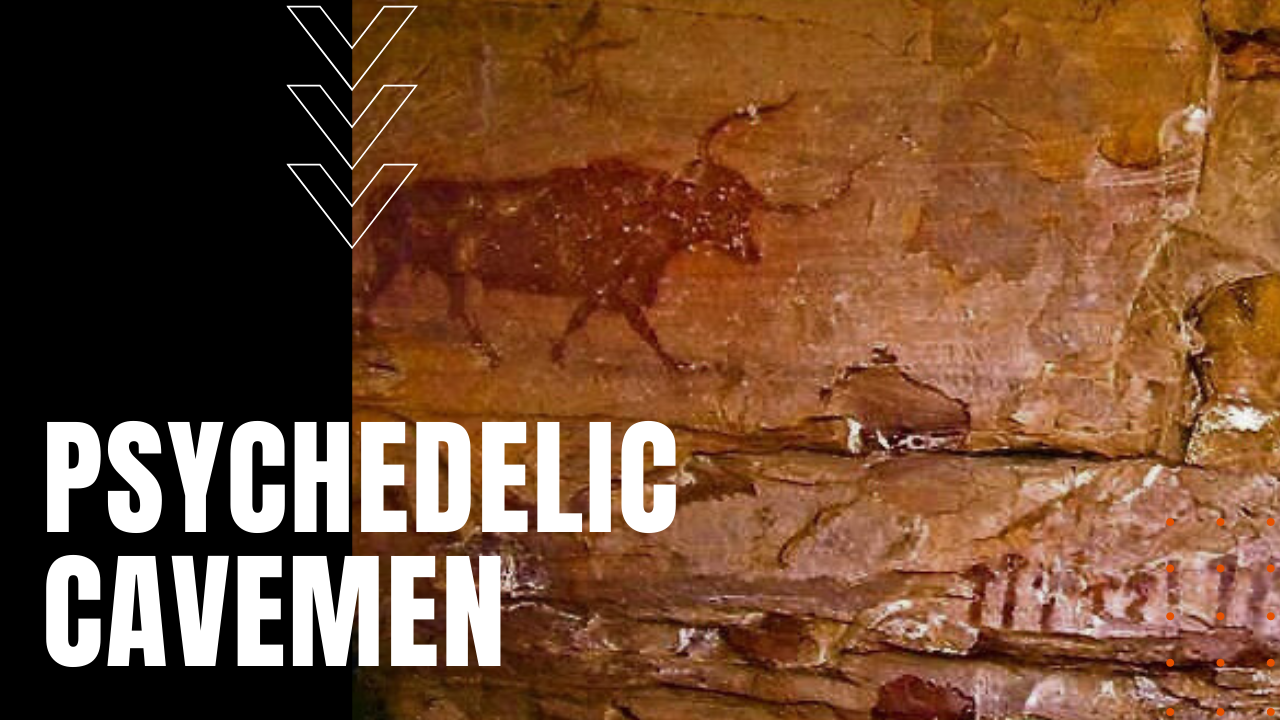Psychedelic Cave Raves of Early Man

While previous evidence of prehistoric drug use has been suggested through trace evidence of opium alkaloids in bronze age containers as well as the depiction of known drug-inducing plants in cave drawings, researchers at a bronze age burial site named Es Càrritx on Menorca, one of the Balearic Islands off the eastern coast of Spain, have identified plant-based psychedelic drug use in hair samples of bronze age humans.
Psychedelics Discovered
Published in the Scientific Reports journal under the lead authorship of Elisa Guerra-Doce, from the University of Valladolid in Spain, researchers detected scopolamine and atropine—both drugs capable of inducing strong hallucinations and altered sensory perception—while ephedrine was used simultaneously to increase excitement, alertness and physical activity.
Herbal Medicine
“As early as the Paleolithic period (from two and a half million BC to 10,000 BC,)” the authors write, “humans came across the non-food properties of certain plants,” which in the case of scopolamine and atropine had no bearing on alleviating chronic pain in the more than 200 Bronze Age remains analyzed from the burial site, including dental abscesses and certain forms of arthropathies.
Controlled Dosing
Found in certain nightshade plants like mandrake, henbane, thorn apple, and joint pine, considering the potential for overdose from such potent psychotropic drugs further suggests that they were administered by people possessing high specialized dosing knowledge, most likely by Bronze Age shamans, who used the drugs to induce states of ecstasy and divination in those who partook in the Shaman’s drug cocktail.
Caveman Raves End
Dating back 3,000 years ago, the hair samples analyzed at Es Càrritx were unearthed in highly-decorated horn or wooden containers,—many hair samples died red, suggesting power and status within a given tribe—which were moved to a separately sealed chamber deeper in the cave approximately 2,800 years ago, when cultural changes most likely ended the use of psychotropic drugs, while the containers were sealed to preserve ancestral remains as a historic record of ancient traditions.
Precursor to the 1960s
Many of the containers depict concentric circles resembling eyes, which may have symbolized inner visions related to drug-induced altered states of consciousness, making psychedelic cave raves of Bronze Age humans, an early glimpse at man’s ongoing search for higher meaning.
